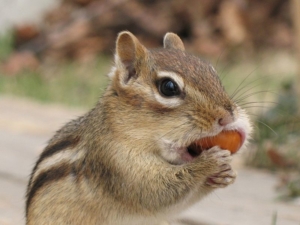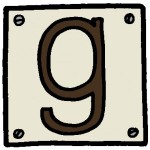Last weekend I participated in the second round of Ed DeCaria’s March Madness Poetry Tournament. I had 36 hours to write a poem using the word exertion, a truly ugly word in my opinion. The first thing I did was sleep, giving me about 24 hours to actually write. I kept my notebook by my bed, and first thing in the morning I wrote the poem I entered in the tournament:
Hitting the Snooze Bar
I lie back down across my bed.
I pull the pillow over my head.
I desperately need these minutes of sleep
After the exertion of stopping that
BEEP!
That’s pretty much how it came out. I agonized a little over these minutes of sleep, ten minutes of sleep, more minutes of sleep. I went with these because it seemed to work well with need. I liked the poem, but it felt light to me. It’s a moment, familiar and funny, but not much more.
My next move was to consider possible rhymes. Assertion and coercion leaped to mind.
I also started thinking about sloths because sloths are known for their lack of exertion.
Thus I found myself writing this couplet:
Swaying Sloth
The swaying sloth makes no assertion—
Standing up entails too much exertion.
The couplet has more going on than the snooze bar poem, but dare I enter a couplet? It’s so minimal! Also, no one I showed it to seemed to get the double meaning of the swaying and the standing up. I felt I needed something more.
So, for hours and hours, between kids’ activities, meals, chores, etc., I worked on this poem:
Sloth’s Weekly Exertion
Languorous sloth lives a life of ease,
Hanging around in rain forest trees,
Nibbling on leaves between long naps,
Moving so slowly nobody sees.
Yet, once a week the sloth must creep
Down to the ground to find some relief.
Exhausted by her great exertion,
She climbs back up and goes to sleep.
I really liked the first stanza, but the second one bothered me. I didn’t like the rhyme, and it didn’t seem to match the first stanza.
I kept at it, and hours later I wrote this draft:
Sloth’s Weekly Exertion
Languorous sloth lives a life of ease,
Hanging around in rain forest trees,
Nibbling on leaves between long naps,
Moving so slowly nobody sees.
But even a sloth can’t hold it forever,
So down the tree he must endeavor.
Exhausted by his great exertion,
He creeps back up to sleep whenever.
I still didn’t like it. It just didn’t seem to polish up nice and shiny the way I wanted it to, so I threw it back in the drawer and went with the snooze bar poem. Though the snooze bar poem doesn’t do as much, it does seem to do it well.
I was trounced by Dave Crawley and his clever poem about clichés. I am out, but the madness continues! There are many more poems to enjoy and votes to cast.
For more Poetry Friday visit Greg at GottaBook.
I’m going on vacation next week and I’m not taking any electronics! See you in April.
(c) 2013, Elizabeth Steinglass, all rights reserved









